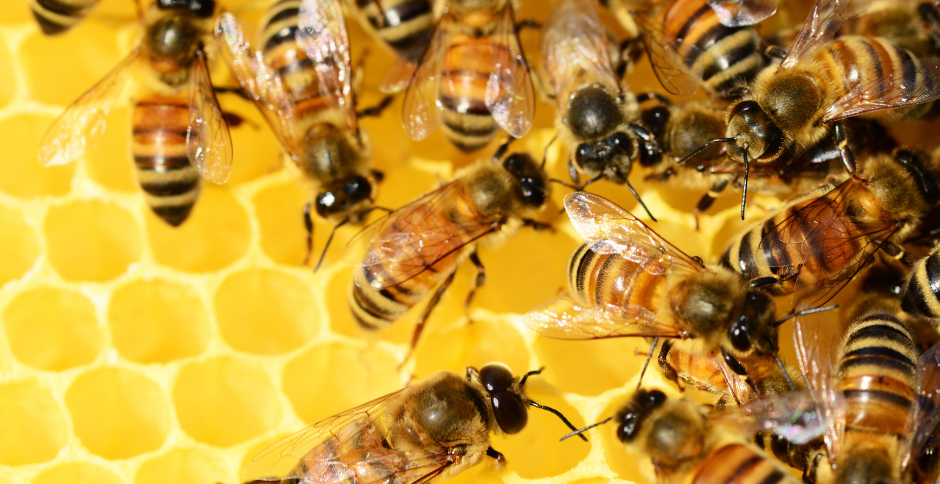
2023 is looking like one of the worst years for honeybees in nearly two decades
Honey bees are the primary pollinator for many fruit and seed crops in the State of Washington. Since 2005 much has been written about the challenges honey bees face with the so call “Colony Collapse Disorder” or CCD.
Most beekeepers and bee researchers have attributed CCD to the introduction of the Varroa mite and the mite’s resistance to many of the control measures used by beekeepers. However, there is a growing understanding of the role of various pathogens (viral and bacterial) in association with varroa mites, also contributing to the problem.
We know that CCD is a complex of multiple interactions that includes several variables in addition to the stressors of Varroa and their vectored pathogens, including malnutrition (lack of diverse bee forage), chemical residues (bee miticides and agricultural), and weather extremes. Weakened by these factors, colonies dwindle to the point of non-recovery. It now appears that climatic conditions from hurricanes, drought, and flooding also contribute to making 2023, in the words of one large commercial beekeeper in Washington, “…the worst year since the disastrous year of 2005.” This situation could be an issue for Washington growers who need honeybees for pollination services.
Almond crop pollination
Nearly all commercial beekeepers bring colonies to California each winter to pollinate the almond crop. With some 1.6 million acres of almonds needing the recommended two hives per acre and less than three million total hives in the United States, shortages are expected during the almond bloom. However, this year beekeepers are experiencing much higher-than-normal winter losses and there is an acute shortage of bees for the 2023 almond bloom.
Beekeepers report losses
Even some very good beekeepers report losses of more than double what they typically experience. There are reports of beekeepers experiencing losses in the 80-90% in some of their overwintered bee yards. Usually, this would not be too big of a problem as beekeepers often purchase bees from Florida to make up for these winter losses. However, hurricane Ian (a category four storm) that hit the west coast of Florida in September of 2022 ravaged one of Florida’s most significant beekeeping areas. Fortunately, the Florida panhandle was spared, and some beekeepers have been able to refill their boxes with bees. However, many have not.
Whether this shortage continues and becomes an issue for Washington growers remains to be seen. Full bloom for almonds was a bit later than expected, with somewhat colder weather than usual. Beekeepers were busy supplying supplemental pollen (protein) and sugar (carbohydrates), so the bees would build up their strength for the almond bloom. But there is nothing like natural pollen and nectar to stimulate bees to build up quickly.
We can all hope for the best, but it may be prudent for growers to touch bases with their beekeepers to determine their situation and do so early rather than waiting or assuming all is well.
Additional Resources
For more information, contact Timothy (Tim) Lawrence, PhD, professor emeritus Extension, ANR Washington State University by phone 360-639-6061, or email.
Originally published by Washington State Tree Fruit Extension Fruit Matters at treefruit.wsu.edu. The original article, written in Feb. 21, 2023, can be found here.







